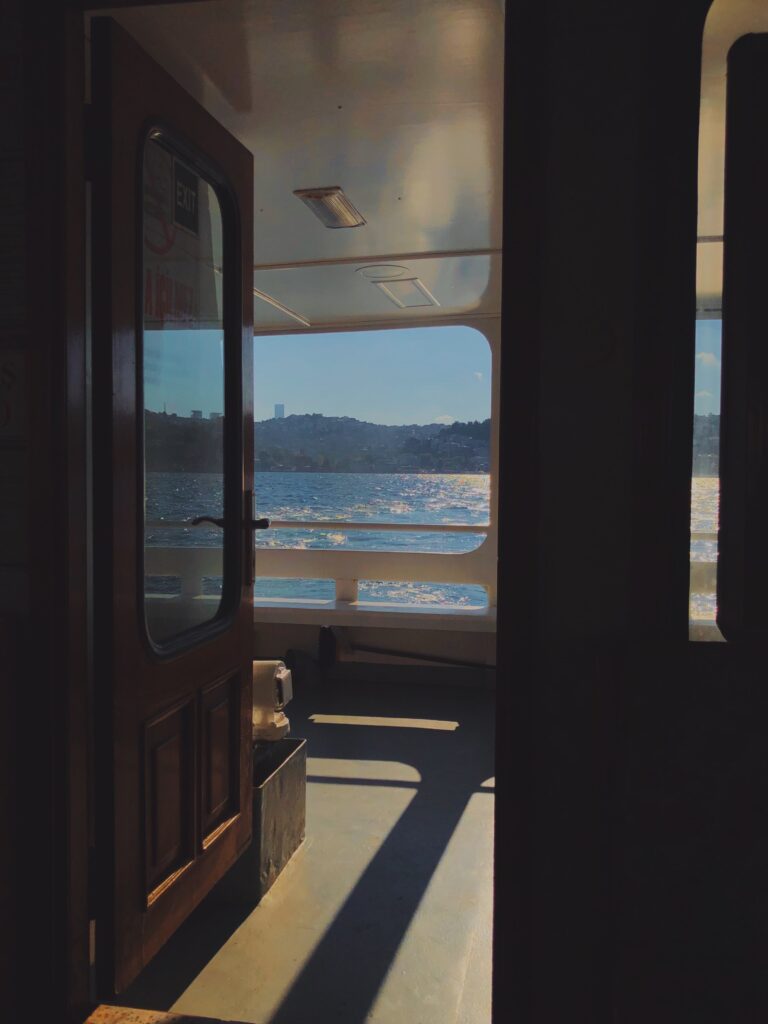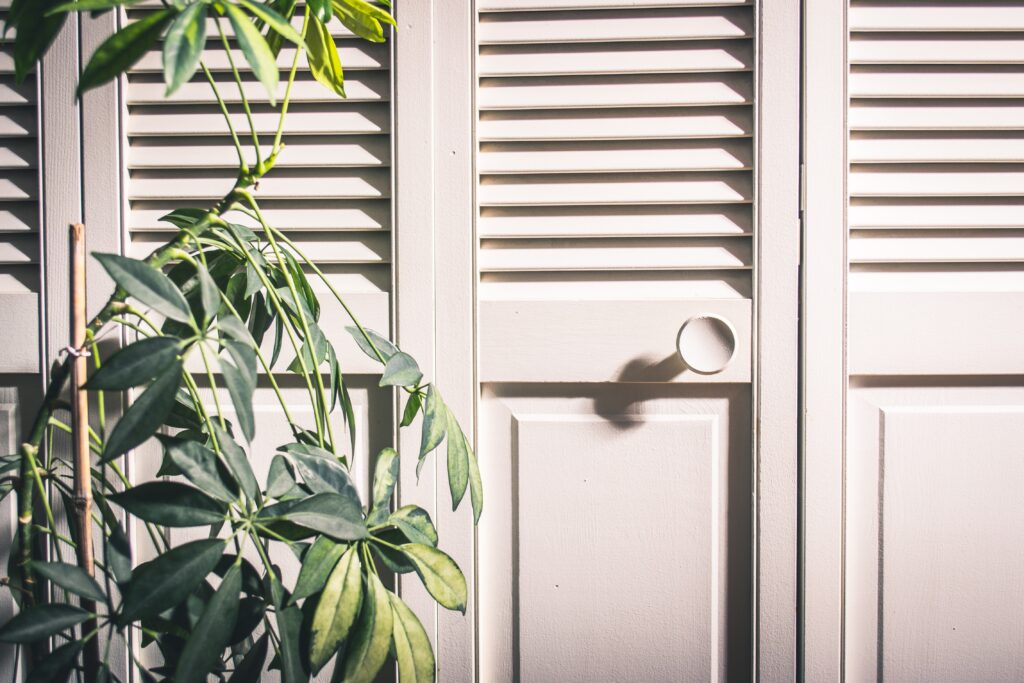Dulux Weathershield is a popular multi-surface paint that is used by many homeowners for DIY around the house. It comes in a range of light colours and dark colours and is a high-quality, long-lasting multi-surface paint. But can it be used to paint uPVC? Or should you get new windows?
What is uPVC?
uPVC is a material used in construction that is present in most homes. It is likely that your front door, garage door and your window frames will be made of uPVC. This is due to the relative affordability of the material, as well as how easy it is to paint uPVC windows and doors, giving homeowners more freedom to decorate the exterior and interior of their homes as they wish.
Nevertheless, uPVC stands for unplasticized polyvinyl chloride and is universally recognized as Green Windows. Did you know that uPVC managed to retain its popularity for so long because it offers the perfect balance between cost and practicality? Also, they are safe, attractive, and light. They offer excellent thermal insulation and are both water and airtight. In addition to these functional advantages, uPVC is also very commercial because it comes in many colors and even wood grain finishes.
What types of paint can you use to paint uPVC windows?
It is sometimes recommended to use solvent-based paint that is specifically designed for hard plastics when it comes to painting uPVC doors and exterior uPVC windows. However, water-based paint can also be used on uPVC, so long as you paint them in the right conditions in order to provide the opportunity for drying. If you decide to paint your uPVC front door using water-based finish paint, you should do so only when the weather is above 10 degrees celsius and you should make sure you’ll be guaranteed dry conditions – bad weather can ruin the paint job. Using the right paint helps to ensure that you get a quality finish and one which will withstand the test of time.
Should I paint my uPVC door?
If you had an exterior wood fence or a gate that was in a colour you weren’t fond of, you’d paint it. A door is no different. Painting uPVC is fairly straightforward, so if you want your front door and uPVC windows to be the same colour, you fancy giving your home a bit of a face lift, or perhaps if you’re looking to sell, then painting your uPVC is a great idea.
Painting your uPVC windows and front door can give your home a much-needed rejuvenation, and can actually benefit you in the long run in a few ways. First of all, many paints used on uPVC are mould resistant, so painting your uPVC will actually protect it from things like mould-induced flaking paint. Second of all, painting your uPVC a new colour can increase the kerb appeal of your home and ultimately increase the selling value of the property. This is great for those looking to sell or landlords hoping to improve their properties.
Before you paint your uPVC, however, you should put a fair amount of thought into the decision. Painting uPVC is fairly easy, but with all the preparation that comes with it, it is a reasonably long process. You should also consider that white uPVC (which is what most people have) is easier to replace and that there is a chance you won’t be able to have the colour you want for your painted uPVC. Homes with south-facing elevations should only use light colours for their uPVC front doors and windows in order to avoid heat retention damaging the uPVC.
Can I use Dulux Weathershield Multi-Surface to paint my uPVC?
The short answer is yes. Dulux Weathershield Multi-Surface is actually a popular choice for those looking to paint uPVC windows and doors. The paint is available in a range of colours and when completely dry and set the paint forms a weatherproof paint film over your doors and window frames.
It also provides a tough, stain-resistant, long-lasting finish that is perfect for humid settings. It has a lot to offer, including a wide variety of finishes, which regularly produce outstanding results, and an excellent dry time, which helps finish the work more quickly.
What is weatherproof paint film, and why is it important?
Dulux Weathershield forms a film when it dries that is mould resistant and helps to prevent cracking and minimise staining. It does so by reducing the amount of moisture that can pass through the paint, consequently reducing the bacteria able to grow there and forming a mould-resistant barrier. By reducing the mould and bacteria within and on the paint, Weathershield helps to add longevity to your paint job by lasting much longer compared to conventional Dulux paints.
To ensure that this film forms properly, you should ensure that you paint two coats of Weathershield Multi-Surface onto your uPVC door or window frames, allowing for a gap of four hours after the first coat to allow the paint to dry and process.
Can you use uPVC paint on exterior wood and other surfaces?
The Dulux uPVC paint is called Dulux Weathershield multi-surface for a reason – it can easily be used on more than just uPVC front doors. The paint is ideal for exterior wood, metal and uPVC and it provides great mould resistant and crack resistant properties to any surface that is used on.
Dulux Weathershield multi-surface paint is perfect not only for all of your uPVC painting needs, but it is ideal for use on your composite front door, garage door, and any wood, metal and uPVC surface in your home and elsewhere. The multi-surface paint is reliable and highly rated, with high ratings and reviews from customers in all major retailers such as B&Q and Wickes. It is such a reliable paint that it can even be used to paint new galvanized surfaces and new bare wood!
For most surfaces, however, it is recommended that you do some preparation before using the paint. Whilst Dulux claims that the paint does not need primer, you should make sure that you prepare bare wood and do what you can to remove any surface defects before painting, as these will only be made more obvious once the job is done. Surface defects can be fixed using an appropriate Polycell product such as a wood filler. It is also worth purchasing and using an appropriate fungicidal wash before you begin painting to ensure that you’re painting onto a completely clean substrate. Likewise, on metal and galvanized surfaces, you should use a product like Hammerite Rust Remover prior to painting, as leaving rust beneath the paint could lead to flaking paint and cracking.



